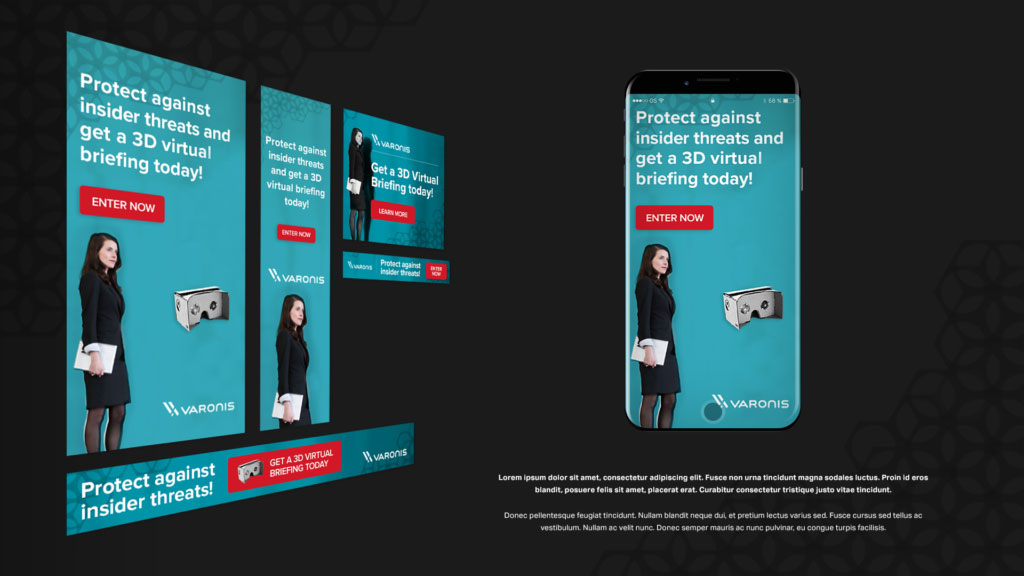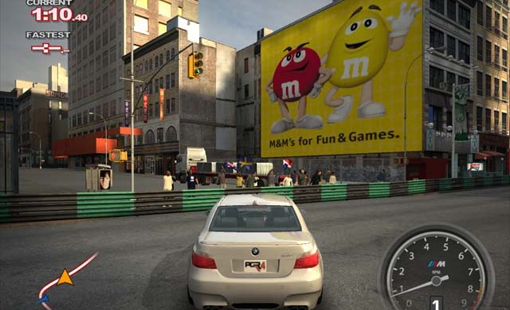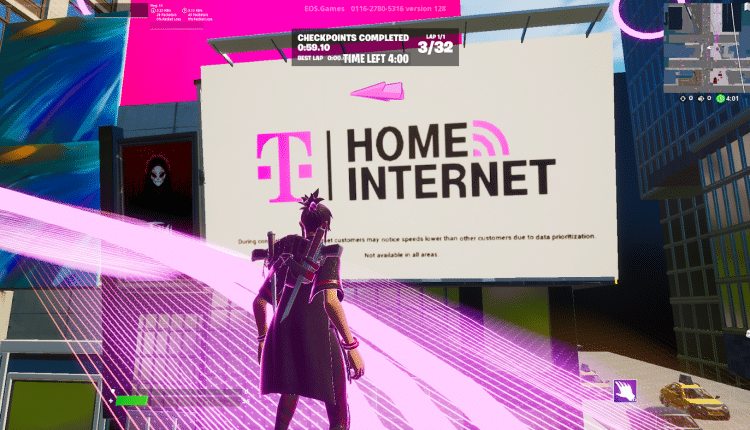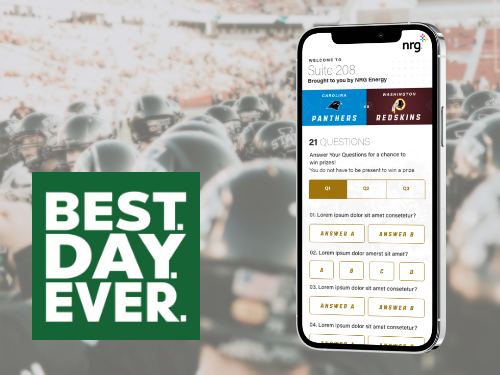As the gaming industry continues to grow, it’s becoming one of the most promising avenues for brand exposure. In-game advertising, once a niche strategy, has evolved into a powerful tool for marketers looking to reach highly engaged, diverse audiences. At Bluetext, we’ve seen first-hand how brands can capitalize on this trend to build awareness and connect with consumers in a unique, immersive environment. Here’s a closer look at in-game advertising, its effectiveness, and how brands can tap into the gaming market.
The Rise of In-Game Advertising
The gaming industry now rivals the film and music industries in terms of revenue, with billions of players globally. This makes it an appealing space for advertisers. Gamers spend hours immersed in virtual worlds, offering brands the chance to engage audiences where they are most attentive. The rise of mobile gaming, eSports, and virtual reality (VR) has only expanded these opportunities, creating more diverse ad placements that can be seamlessly integrated into gameplay.

Types of In-Game Advertising
- Static In-Game Ads
These are non-interactive advertisements that are built directly into the game environment. Think of billboards, posters, or branded elements within a game’s virtual world. These ads are often baked into the game’s design, allowing them to blend naturally without interrupting gameplay. Sports and racing games, for example, frequently incorporate real-life ads into stadiums or on vehicles. - Dynamic In-Game Ads
Unlike static ads, dynamic in-game ads are flexible and can be updated in real-time. This allows brands to change messaging or switch out ads based on factors like region, time of day, or player demographics. These ads are typically served via programmatic platforms, making it easy for marketers to optimize performance throughout a campaign. - Advergaming
Some brands take it a step further by creating their own custom games—known as advergames. These games are designed specifically around a brand’s products or services. While this requires more investment, it can result in deeper engagement, as players interact with branded content for extended periods. - Rewarded Ads
A popular option in mobile games, rewarded ads offer players in-game incentives—like extra lives or bonus points—in exchange for watching an ad. This ad format benefits both players and advertisers: players get rewards, and brands get guaranteed views. It’s a non-intrusive way to serve ads, as players voluntarily opt-in, creating a more positive experience. - In-Game Product Placement
Product placement is common in TV and movies, but it’s also gaining traction in the gaming world. This method involves placing real-world products or brand elements directly into gameplay. A notable example includes branded cars in racing games or having a well-known soft drink appear as an interactive item. This subtle form of advertising can make brands feel more integrated into the gaming experience.

Effectiveness of In-Game Advertising
In-game advertising offers brands several key advantages. For one, gamers are deeply engaged with the content they’re playing, meaning ads placed in these environments are more likely to be noticed and remembered. Studies have shown that in-game ads often lead to higher brand recall and positive brand associations. Moreover, the flexibility of dynamic ads allows for hyper-targeted messaging, ensuring that brands are reaching the right audience at the right time.
Additionally, in-game ads are non-intrusive compared to other digital ads. Since they are part of the gaming environment, they don’t disrupt the user experience. This makes them more palatable to audiences who are increasingly resistant to traditional ads like banners or pre-roll videos.
How Brands Can Tap Into the Gaming Market
To effectively tap into the gaming world, brands need to understand the unique dynamics of this community. Authenticity is key—gamers can quickly spot inauthentic or forced marketing attempts. Brands that take the time to learn about gaming culture and integrate their ads in a way that adds value to the experience are more likely to see success.
Additionally, brands should consider partnering with popular game developers or streamers to create custom content or sponsor events. Influencer marketing in gaming has become a powerful way to connect with large, engaged audiences. Partnering with well-known gaming influencers or streamers can help boost credibility and trust among gamers.

In-Game Advertising: A Powerful Marketing Strategy
In-game advertising is no longer just a novel concept—it’s a powerful marketing strategy that can help brands connect with diverse, engaged audiences in a way that feels natural and engaging. At Bluetext, we specialize in helping brands navigate the gaming landscape, leveraging data-driven insights and creative ad placements to build lasting connections with gamers. Ready to level up your advertising strategy? Let’s talk about how in-game advertising can work for your brand.


